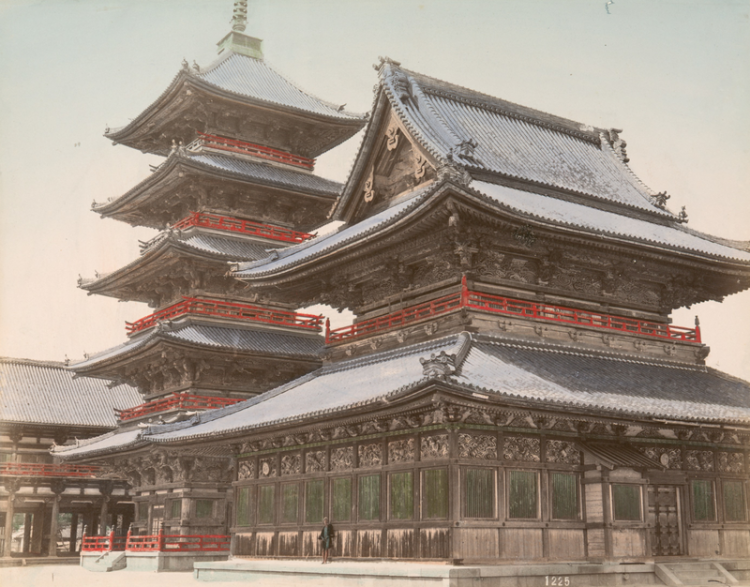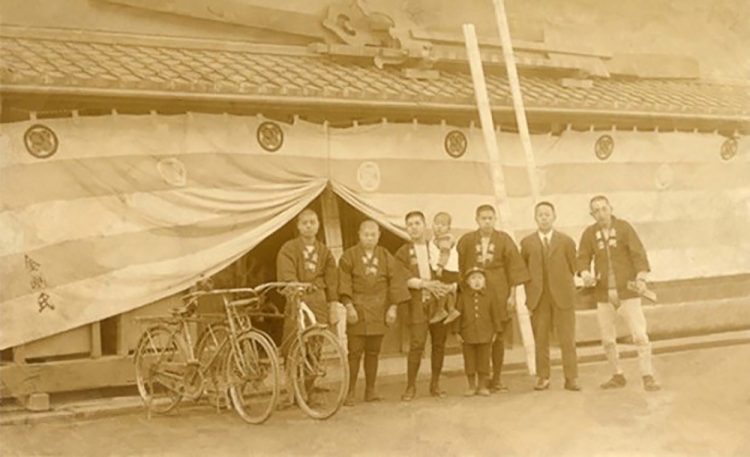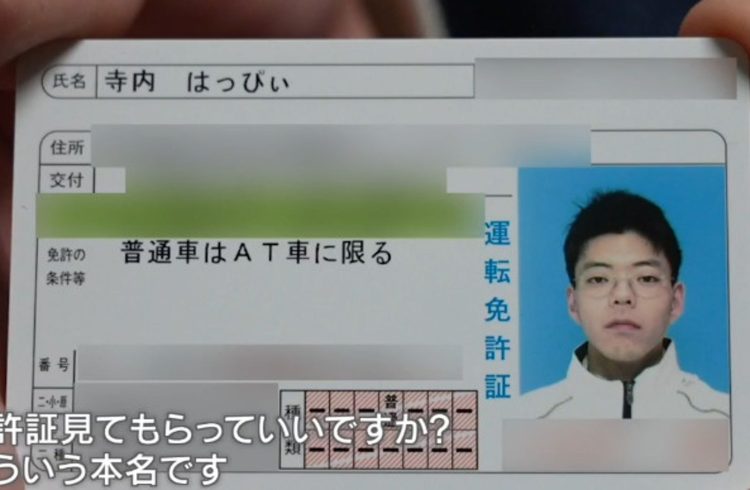Founded in the year 578, Japan’s Kongo Gumi construction company is recognized as the oldest continuously operating company in the world.
Thousands of companies are founded and liquidated daily around the globe, many of which only operate for a few years, maybe even months. The world’s most valuable companies have only been around for a few decades and with technology changing the business landscape at breakneck speeds, who knows how long they’ll be around. Today, there are only a few thousand companies older than 200 years, and even those seem relatively new compared to the world’s oldest continually operating company, Kongo Gumi. Founded in the 6th century by a Korean carpenter specializing in Buddhist temple construction, the Japanese construction company has been operating for a whopping 1446 years.

Photo: Public Domain
The history of Kongo Gumi can be traced back to Japan’s very first Buddhist temple, the Shitenno-ji in Osaka. In the late 6th century, Buddhism was spreading fast around Japan, and even though the Asian archipelago was mainly Taoist, the royal family was directly involved in the mass adoption of the new religion. Building a Buddhist temple was an important step towards that goal, but the country had no craftsmen familiar with Buddhist temple architecture, so three such Miyadaiku were invited to Japan from Baekje, a kingdom on the Korean peninsula.
Kongō Shikō, one of the three miyadaiku invited to Japan to build Shitennō-ji, the country’s first Buddhist temple, founded the Kongo Gumi construction in the year 578. Records of its work on Shitennō-ji in modern-day Osaka can be found in “Nihon Shoki” (“Chronicle of Japan”), the oldest official history of Japan, so it is officially recognized as the country’s oldest continually operating company.
After completing Shitennō-ji in 593, Kongo Gumi remained actively involved in the building and restoration of Buddhist temples and shrines throughout Japan for almost a millennia. The Shitennō-ji temple played a big part in its success, but it wasn’t enough to ensure its survival for such an incredibly long period pf time. According to Hidekazu Sone, an associate professor at the Shizuoka University of Art and Culture, Kongo Gumi owes is longevity to the skill of its craftsmen and the management ability of its leaders.

Photo: Public Domain
Records show that throughout its existence, Kongo Gumi employed several groups of Japan’s most skilled carpenters and craftsmen, and it was precisely the competition between these different groups that led to the discovery and improvement of different techniques which in turn allowed the company to be several steps ahead of any competition.
Throughout most of its 1446-year history, Kongo Gumi was run by 40 generations of Kongo descendants, but Hidekazu Sone claims that family never allowed tradition to come before the good of the company. During the Edo Period (1603 – 1868), Kongo Gumi had serious competition from other groups of carpenters, so to ensure the survival of the family business, it only selected leaders with the necessary carpentry skills to inspire employees and good management skills. Documents show that the Kongo family didn’t always put its firstborn in charge of the construction company if they lacked the required qualities, and didn’t shy away from replacing leaders if they failed to display a commitment to their position. When the family had no male heirs, it made sure that the daughters married great carpenters and leaders for the good of the company.
Kongo Gumi faced many challenges throughout its existence, with some of the most notable being the Showa Depression of the 1920s, when Kongo Haruichi, the 37th leader of Kongo Gumi took his own life due to financial difficulties, and World War II, when demand for Buddhist religious buildings declined dramatically. However, it managed to stay afloat until 2006, when it was acquired by a much younger construction company from Osaka. At that point, it had accumulated large debts and could no longer operate independently.
Even though today Kongo Gumi operates as a subsidiary of the Takamatsu Construction Group, its impressive history is still an inspiration for its parent company and many others in Japan. No descendants of the Kongo family are involved in the management of the company, and only one descendant is currently employed by Kongo Gumi. The Kongo clan is still very much respected among Japan’s carpenters.






